Henry's Pocket: what hides the secret of the anatomy of the cat's ear
Categories: Animals | Nature | Science
By Pictolic https://pictolic.com/article/henrys-pocket-what-hides-the-secret-of-the-anatomy-of-the-cats-ear.htmlEveryone knows what a cat's ear looks like. The one who carefully examined it, probably noticed a strange fold on its outer side, at the base. It looks like a small leather pocket. All cats have these folds, even lop-eared ones. In some they are pronounced, while in others they are barely noticeable. They are called Henry's pockets, and scientists have been arguing about their purpose for centuries.
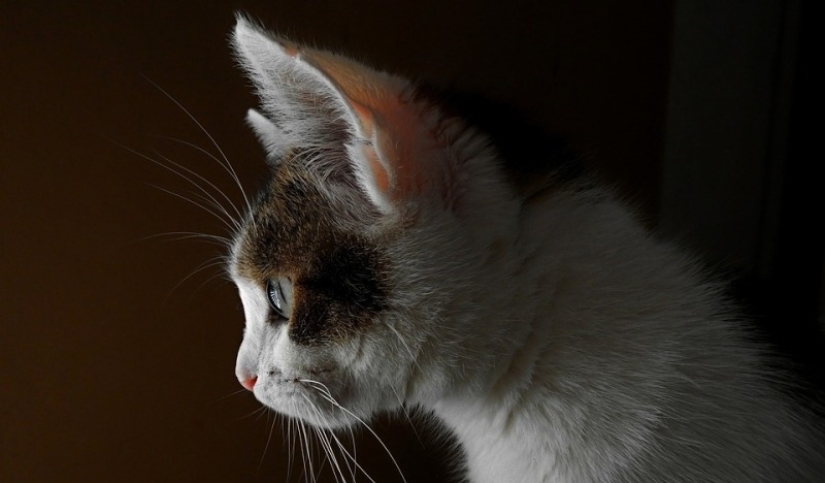
Why the fold on the ear is called Henry's pocket, history is silent. This detail is most noticeable in cats, but it also exists in some dog breeds, bats and weasels. Scientists call it the marginal skin sac, but they cannot yet accurately determine its function. There are several hypotheses, each of which has the right to life. Unfortunately, only their owners would be able to say exactly why Henry's pockets are needed.
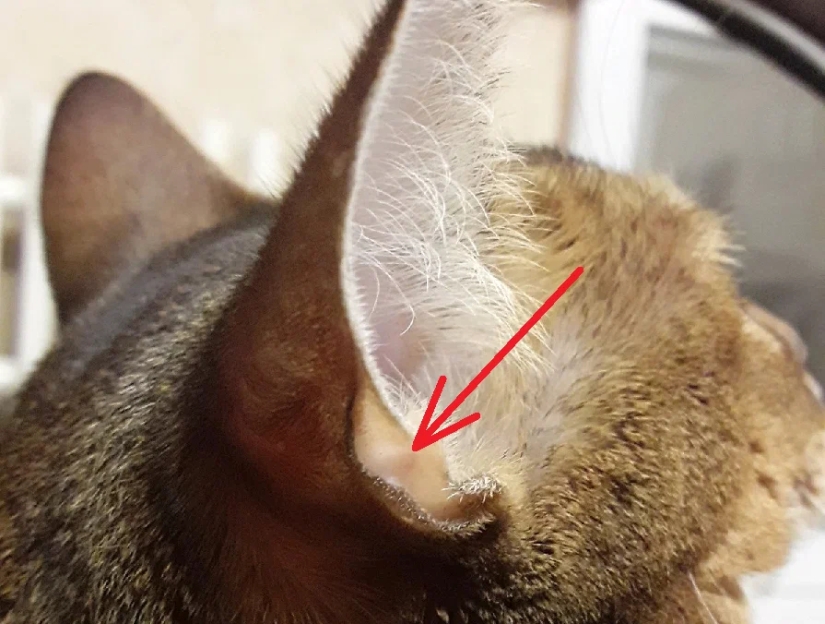
In cats, as in humans, the ear serves as an organ of hearing and balance. And also consists of outer, middle and inner. The outer ear, which we see as a locator picks up sounds and directs them to the middle ear, to the eardrum. There are miniature movably connected bones.
With their help, sound waves are transmitted further into the inner ear. There is a snail — the main organ of hearing, as well as well-developed balance organs that help cats to show their inherent wonders of dexterity and balance. Cat ears can rotate independently of each other, 180 degrees. There is no need for the animal to turn its head — you can simply unfold the ear.
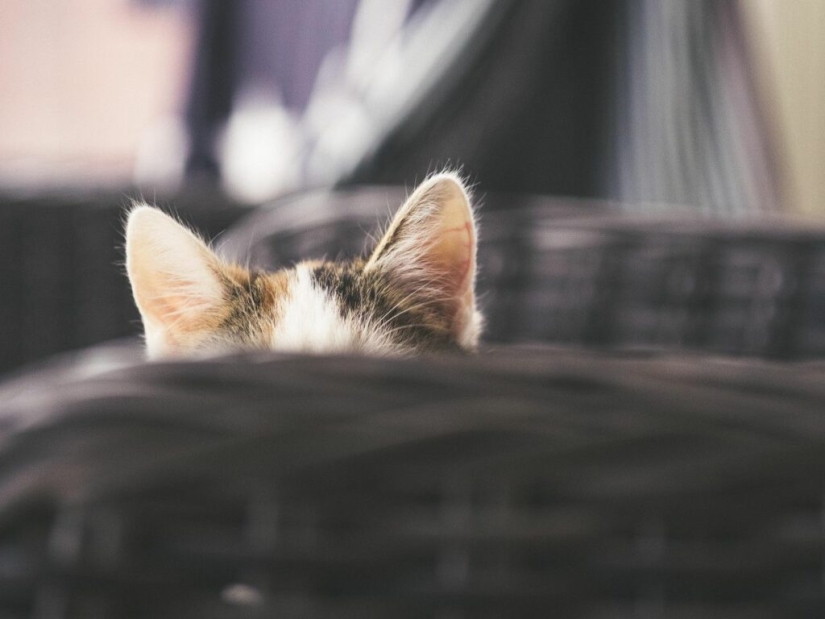
Cats have an excellent sense of surround sound — they can simultaneously track waves from two different sources and independently process this information. The tailed ones also have a rangefinder — they accurately determine the distance to the sound source at a distance of up to 20 meters. Cats have an incredible sound range from 45 to 64,000 Hz. They are far away not only to humans, but also to dogs.
The purpose of Henry's pockets is unknown, but scientists have several hypotheses on this score. The first of them says that the skin fold on the ear helps the animal to determine the location of the sound source as accurately as possible. Perhaps the pocket contains many nerve endings that respond to sound waves.
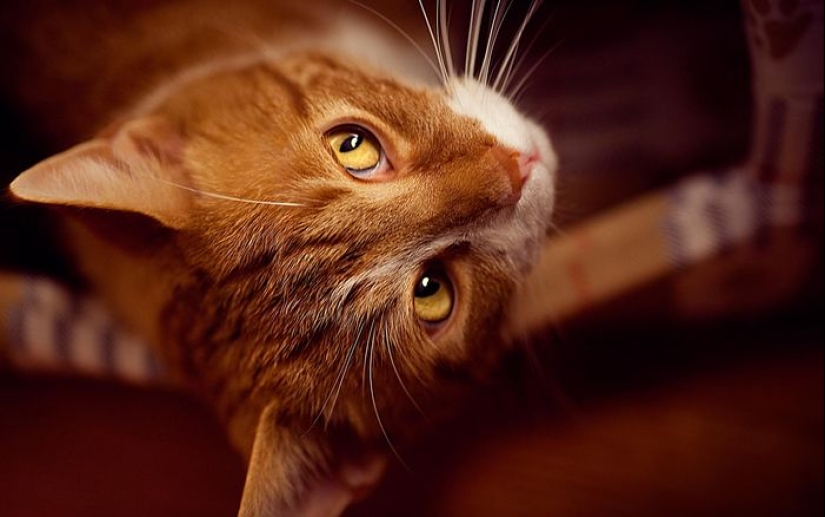
In nature, this can be vital, as it not only allows you to find prey faster, but also allows you to determine the direction of the predator's approach. There are opponents to this hypothesis. They believe that these organs are located extremely poorly to perform such a function.
The second hypothesis suggests that Henry's pockets help amplify low-power sounds coming into the cat's ear at an angle. So that such waves are not lost, the ear is stretched and increases in size due to skin folds. Proponents of the third hypothesis claim that pockets are needed to increase the mobility of the outer ear. It is clearly noticeable that when the cat moves its ears, the folds stretch or contract.
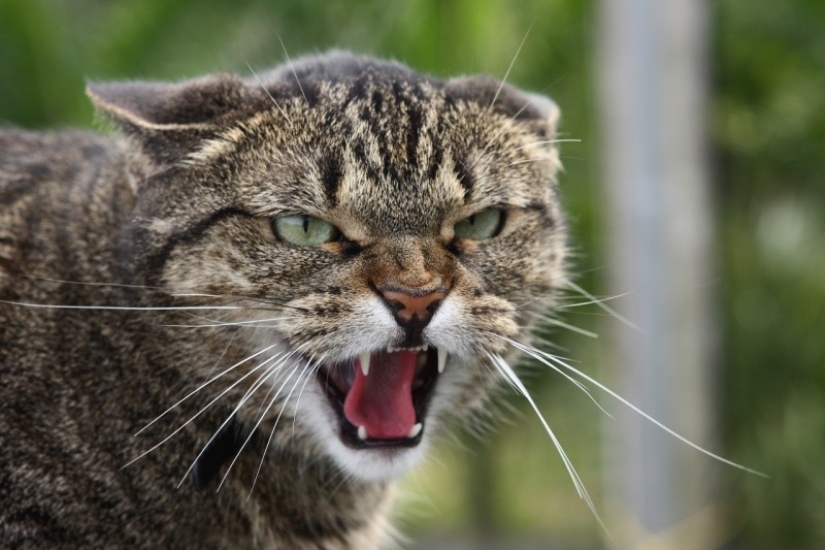
The movements of the ears of a cat can express emotions: fear, interest, alertness. When the animal is at rest, the ears turn forward. In a frightened cat, the ears are pulled back or even pressed to the head. This is a sign that a small predator can run away or attack, protecting itself from danger. Ears rotating in different directions indicate that there is a "patrolling" of the area. The beast picks up different sounds and evaluates the information they carry. At the same time, the cat may have a frightening "look into the void".
There is another assumption, whose supporters are sure that Henry's pockets do not perform any tasks at all. It is likely that this is an element of the hearing aid that the cat inherited from distant ancestors. In the process of evolution, the folds have lost their significance, but have not yet atrophied. Perhaps in tens of thousands of years they will completely disappear.
Recent articles

Slavery existed in the British American colonies and the United States from 1619 to 1865. Today, this is a difficult topic for ...

The media often describe North Korea as a country completely isolated from the outside world and living by its own rules. Some are ...

"These children are not your" — to such conclusion came the doctors after comparing DNA Lydia Fairchild and her own children. ...